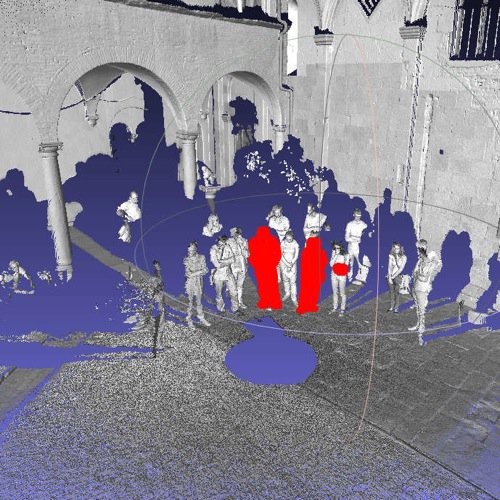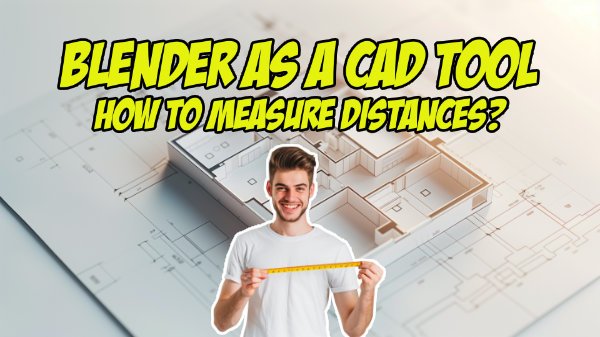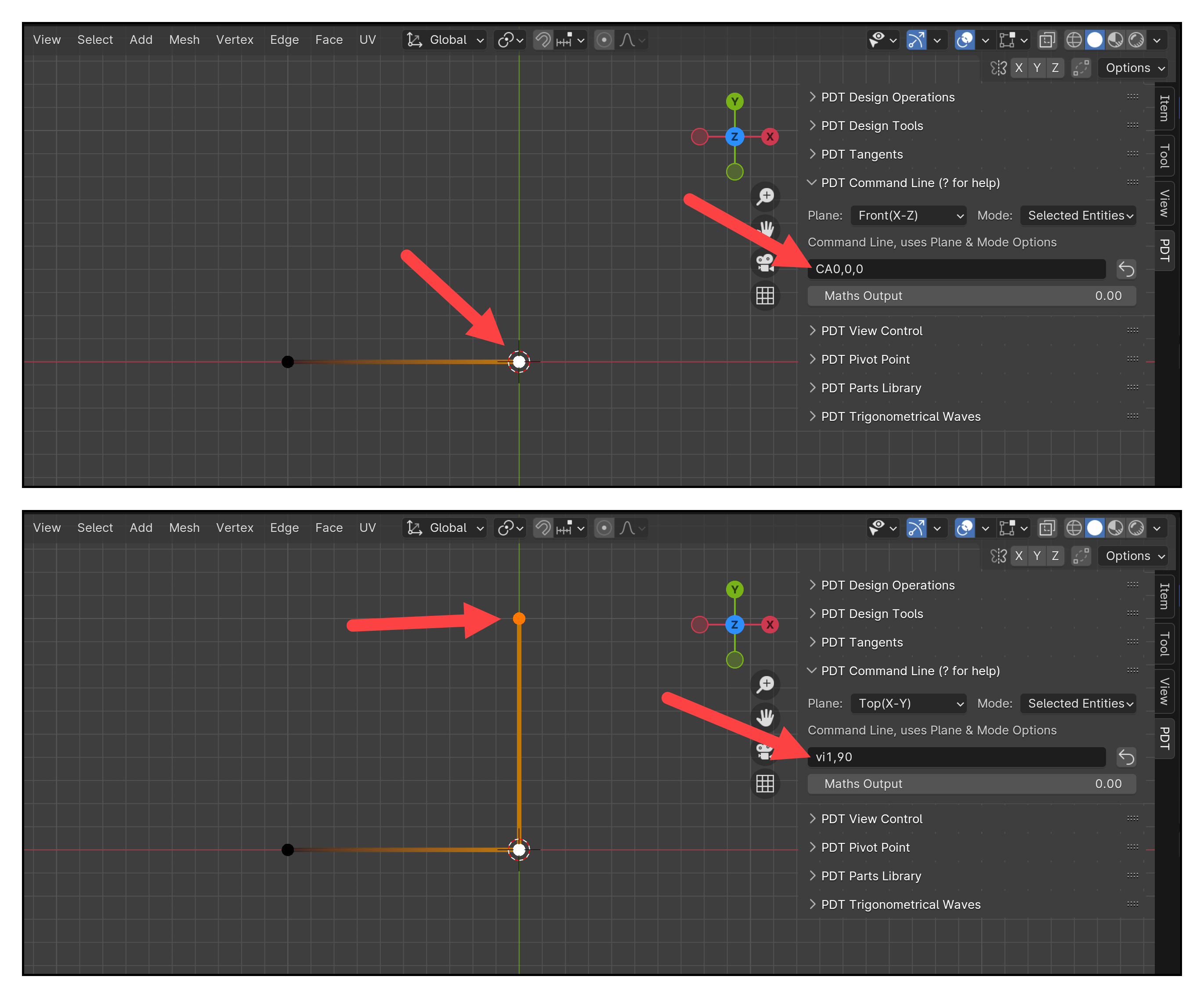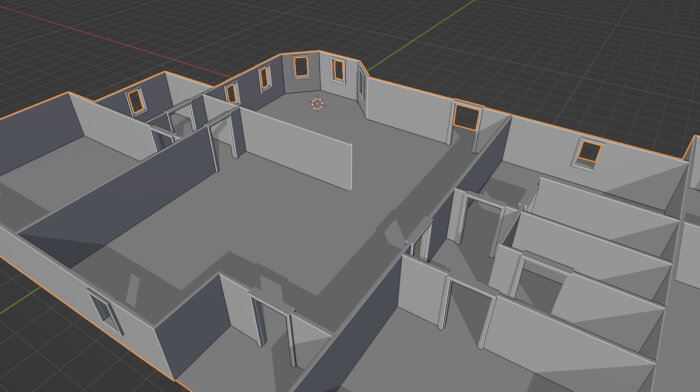
From all the resources that we usually share here in Blender 3D Architect with our readers, a lot of those files will be furniture. Either from articles or the newsletter at some point, you will download files that will end up in Blender.
When you get native Blender files, it is great! But, sometimes you can only find a particular model in formats that might result on high triangulated models. That happens for non-native models such as 3DS and some OBJ files.
If you get a 3d model created from a scanner, it is most likely that such model has thousands of triangular faces. For simple visualization projects, you probably will want to reduce that number.
For this type of situation, you may want to take a look at a tool named Meshlab. The primary focus of Meshlab is to manipulate triangular based models, and it can perform several useful operations with them.

After you manage all files, just export the OBJ to use with Blender. Visit Meshlab website to check recent updates made by the end of December, if you had a previous version of the software.
An important fact to point is that Meshlab is free and open source. You will find versions for Windows, Mac, and Linux.
It may not seem useful at first for architectural visualization, but when you start to deal with lots of different file formats made from triangulated faces. A tool like Meshlab quickly become a must have.




